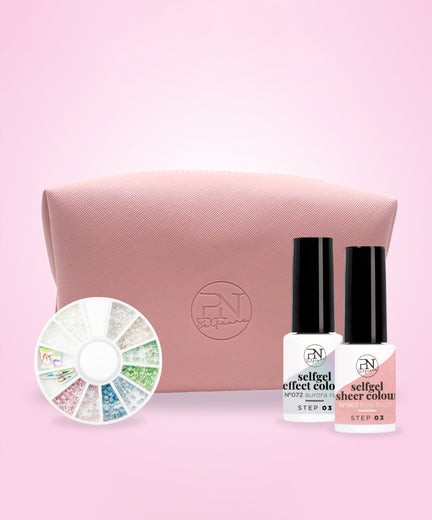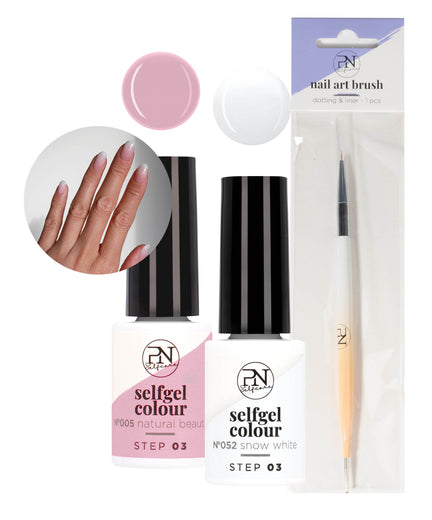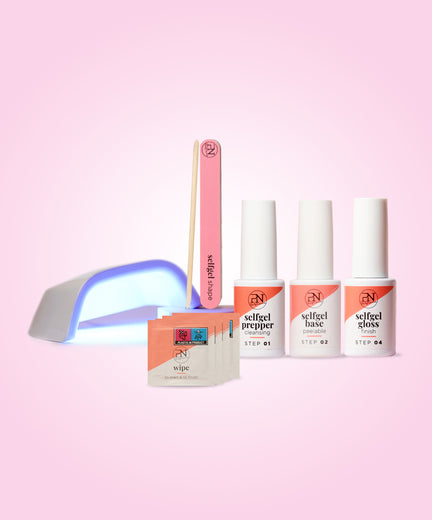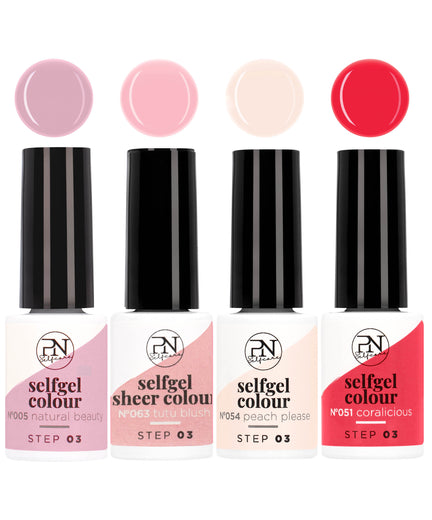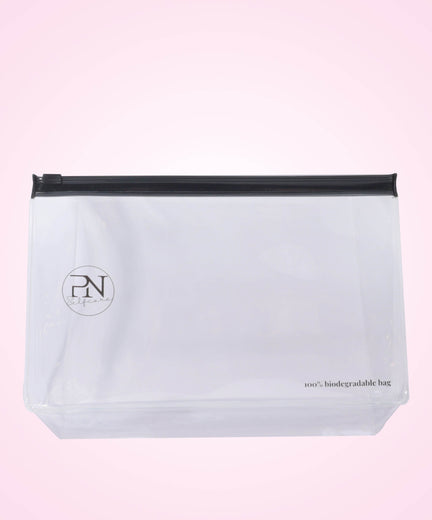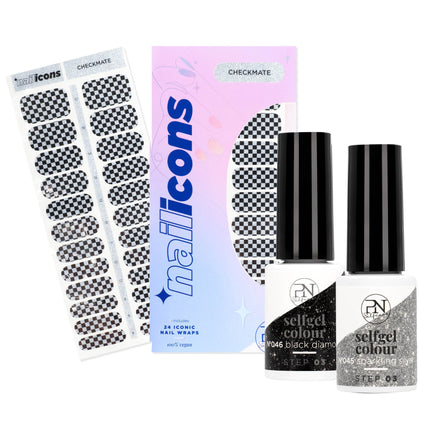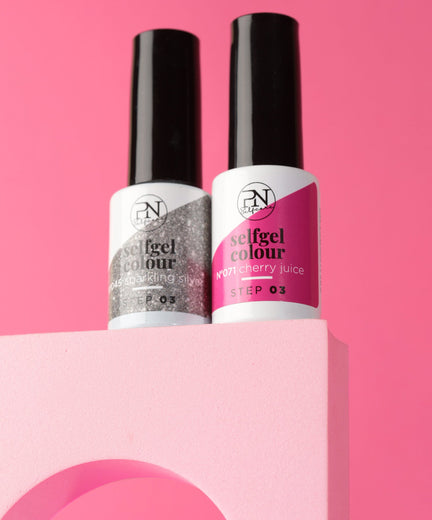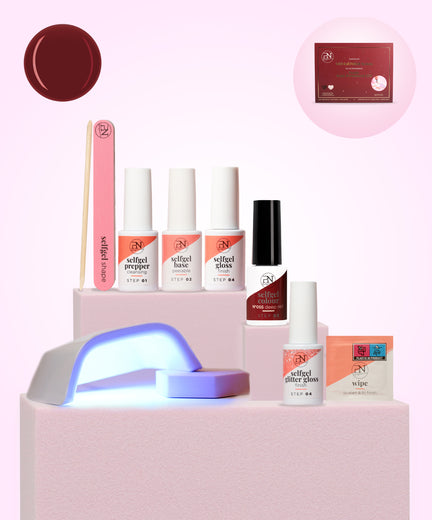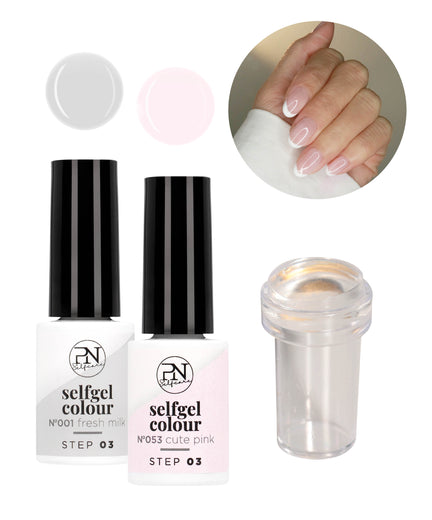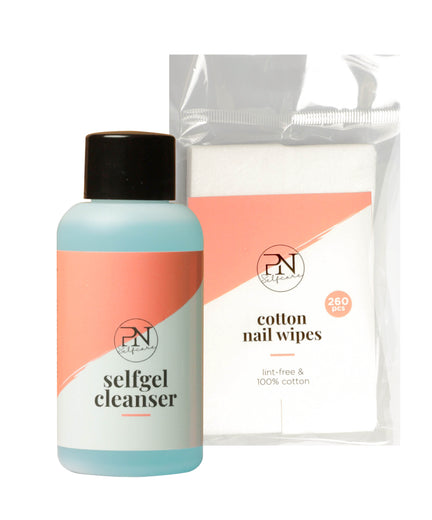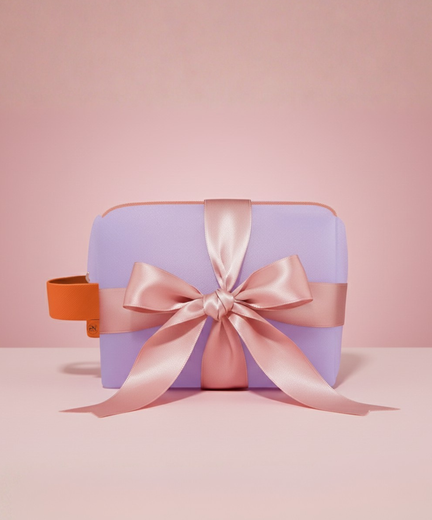When it comes to taking care of your nails, it's essential to understand your nail type. Are your nails dry and brittle or are they greasy, shiny & smooth? Knowing this information can help you choose the right products and treatments to keep your nails healthy and beautiful. In this blog, we will discuss how to recognize dry and brittle nails as well as greasy nails, and provide tips for proper care based on your nail type.
Recognizing Dry and Brittle Nails
Dry and brittle nails have obvious characteristics that can help you identify them:
- The nail surface is dry and scaly.
- The surface has a matte appearance.
- The nail edge often splits.
- The nail tends to be very curved, hard, dry, and easily broken.
- The nail has ridges.
People who are most likely to have dry and brittle nails are those who frequently come into contact with water, those who have recently been pregnant and those who have a mature skin.
Recognizing Greasy Nails
If you don't identify with having dry and brittle nails, chances are you might have greasy nails:
- The nails appear shiny and oily.
- The selfgel base doesn’t adhere well to the nail, or falls off after a couple days of wearing.
People who are most likely to have greasy nails are people that often have sweaty hands & those going through hormonal changes: puberty, pregnancy & menopauze.
Nail Care Tips Based on Nail Type
Now that you can recognize your nail type, here are some tips for proper care based on whether you have dry nails or greasy nails:
Dry Nails
For dry nails, the following routine is recommended:
- Apply Nail Serum, and consider using a Ridge Filler if you have deep ridges for nailcare purposes or use the Ridge Filler as a base coat for long-wear. Our Perfect Base evens out the surface as well before you put a layer of nailpolish on, so that the nailpolish looks even and smooth. (Don't use in combination with Selfgel products!)
- Use Cuticle Oil to moisturize the cuticles which will nourish the nails as well. The nailplates will be nourished and more flexible so the nails won’t break that easily.
- Optional: If desired, use a Cuticle Remover to remove excess cuticles. Tip: for a proper nailpolish or selfgel manicure, push the cuticles up and remove excess skin. This will lengthen the nail bed.
- Avoid using Nail Hardeners, as dry nails are typically already too hard.
Greasy Nails
For greasy nails, the following routine is recommended:
- Apply Nail Strengthener to strengthen the nails.
- Use Cuticle Oil to moisturize the cuticles.
- Optional: If desired, use a Cuticle Remover to remove excess cuticles. Tip: for a proper nailpolish or selfgel manicure, push the cuticles up and remove excess skin. This will lengthen the nail bed.
- Avoid using Nail Serum, as greasy nails already have sufficient natural oils.
Selfgel Applications
If you are applying Selfgel, it is important to consider the nail type:
- For oily nails, ensure that the nail plate is well degreased with Cleansing Wipes before application. Additionally, it is recommended to buff the nails to remove the shine and make sure the selfgel adheres well.
- Avoid buffing dry nails when doing a selfgel manicure, as this may cause damage when peeling off the Selfgel.
Understanding your nail type and following the appropriate care routine is key to maintaining healthy and beautiful nails. Now that you know your own nailtype, the next step is to learn how to properly file them into your desired shape. For more in-depth information on filing nails into the almond shape, check out our blog post titled "How to File the Almond Shape".

